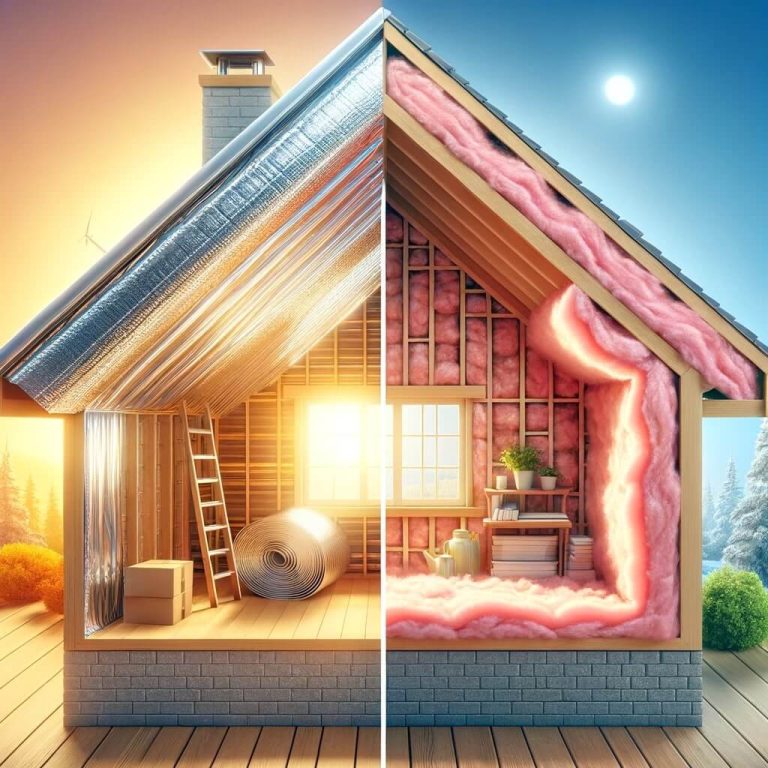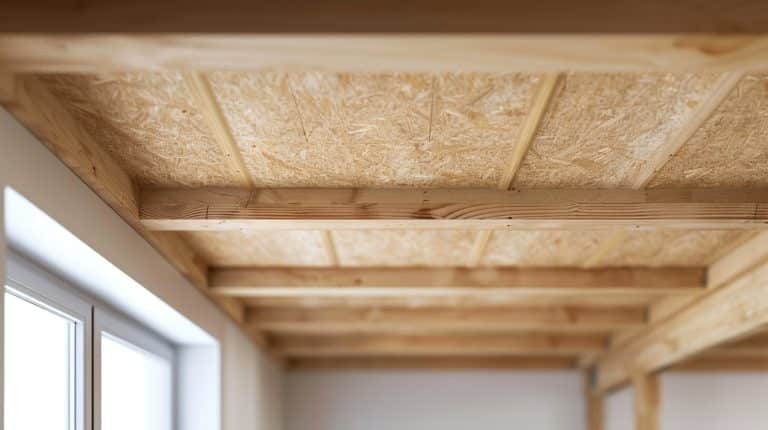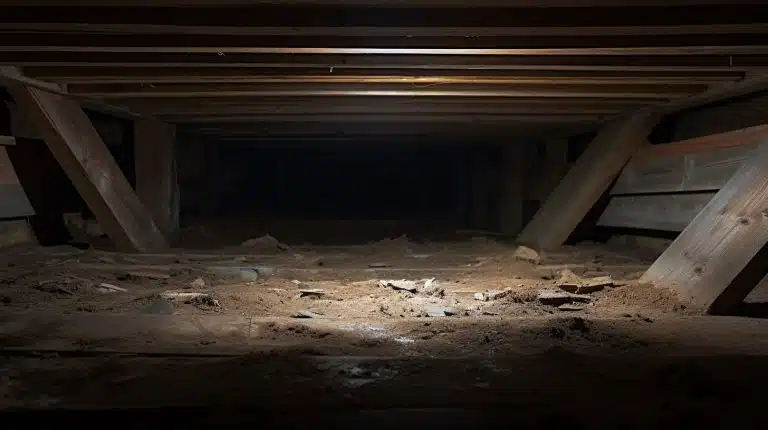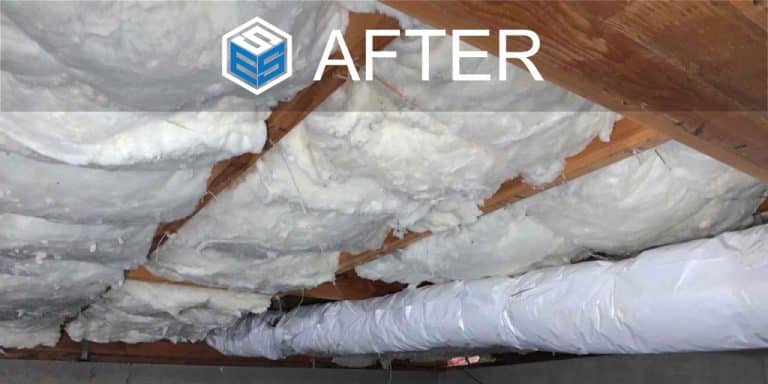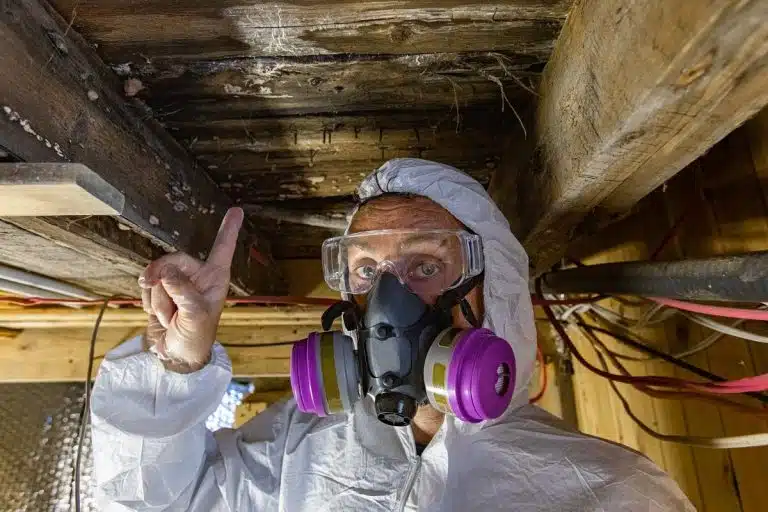Are There Different Types of Mold?
Shockingly, there are as many as over 100,000 different types of molds. Not all kinds of mold are dangerous, however – some of them are quite mild, and some are even used for medical purposes when grown under controlled conditions (such as Penicillium, used to produce antibiotics). On the other hand, numerous species of mold can pose health risks and should be removed immediately. They often appear in less commonly used parts of your home, so it is important to regularly check and clean your attic and crawl space. There are 3 types of mold that are detrimental to our health:- Pathogenic molds: Because of these molds, humans can develop infections despite their good overall health. Small amounts can be dealt with disinfectants, but when large colonies develop, you should call a professional.
- Allergenic molds: As the name suggests, this type of mold can cause allergic reactions. Smaller amounts of it can be removed with home disinfecting products, but large colonies may require professional help.
- Toxic molds: These are the most harmful molds that can cause hay fever-like allergic reactions or even lead to harmful diseases. For maximum safety, they should only be removed by a well-prepared expert team.
What Are the Different Types of Mold?
All types of mold could be difficult to cover, but here are some of the most commonly found ones:Aureobasidium
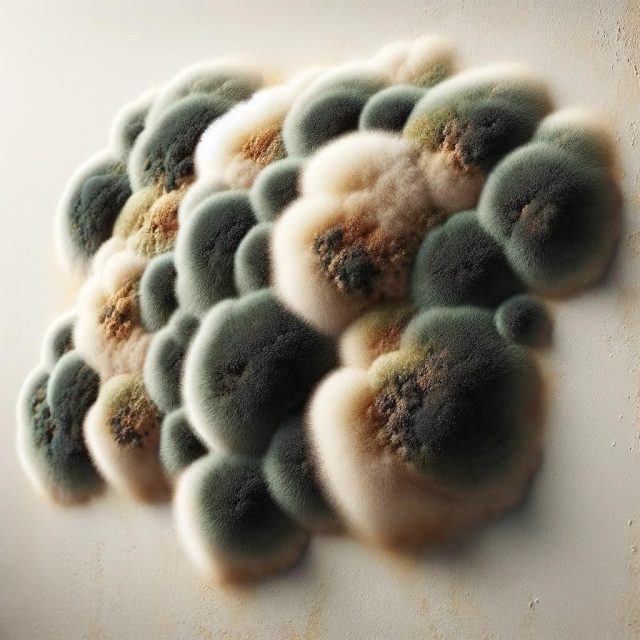
- Characteristics: At its first stage of development, Aureobasidium is pink, brown, or black, but after some time, when it matures, it becomes dark brown. Its colonies are smooth and fast-growing. It can cause hay fever, asthma, humidifier fever or sauna taker’s lungs.
- Location: It is one of the most common carpet fungus types, often found also behind wallpaper, in the mattress dust, or in window frames. Removing it requires protective clothing, including eye protection and gloves.
Alternaria
- Characteristics: Alternaria has a velvety structure with tiny hair that can turn brown or dark green. It spreads very fast, and it is allergenic, so it can cause coughing, itching, or breaking out in hives.
- Location: As one of the most often found bathroom fungus types, it frequently appears in bathtubs, showers, or below sinks. Alternaria is usually a sign of water damage, so apart from cleaning it, you should make sure your plumbing is all right, and the crawl space vapor barrier works correctly.
Serpula
- Characteristics: Serpula lacrymans is one of the most commonly found types of mold on wood, often referred to as dry rot fungus. It can cause serious damage to wooden structures with no high moisture content. It rarely causes irritations or infections, but it can lead to asthma symptoms or hypersensitivity pneumonitis.
- Location: It can appear on any wooden structure even in conditions that are not persistently wet.
Ulocladium
- Characteristics: It is usually brown, gray or black, and has quite a fluffy texture that makes it easy for the wind to catch onto spores and carry them into your space. When it gets into your respiratory system, it can cause asthma and hay fever symptoms. To remove it, complete cleaning with antimicrobial chemicals is necessary.
- Location: Ulocladium tends to grow in homes with previous water damage. It can also grow on paper and textile fibers.
Fusarium
- Characteristics: Fusarium is usually pink, white, or reddish-brown. When it gets into your home, it can easily spread from one room to another. For this reason, if you see it in one place, it is advisable to inspect other areas as well. Prolonged exposure to fusarium can be harmful to your nervous system and even lead to hemorrhages and internal bleeding.
- Location: Typically, Fusarium can be found in carpets, wood, fabric, wallpaper, upholstery, and water-damaged surfaces. It can also appear in indoor humidifiers, as it needs wet conditions.
Cladosporium
- Characteristics: Cladosporium is brown or olive green, and has a suede-like structure. It can cause allergies or asthma and in some rare cases, even infections.
- Location: It most frequently appears on drapes, carpets, upholstery, and under floorboards. You can clean small amounts on your own, but when large colonies develop, you should contact a professional team.
Penicillin
- Characteristics: Even though in laboratory conditions, this type of mold can be used for medical purposes, it can be detrimental to your respiratory system when it is growing uncontrollably. It is velvet-like and blue-green in color, and it can spread amazingly fast.
- Location: To prevent penicillin from growing, you need to have your HVAC ducts cleaned on a regular basis. What’s more, it also tends to grow in mattresses, carpets, and wallpapers. Small colonies of this type of mold can be dealt with on your own, but large ones require a professional intervention.
Chaetomium
- Characteristics: Chaetomium usually starts as white mold, but it gets darker with time. It needs sufficient moisture to grow and develop. It is an allergenic mold type, so it can cause irritation, hives, or coughing.
- Location: It typically grows in buildings that have suffered from water damage, as it needs a lot of moisture.
Mucormycetes
- Characteristics: This type of mold has a characteristic white and fuzzy gray appearance with long fibers. As time goes by, it turns to dark gray. It is an allergenic type, so breathing it in can lead to problems with the sinuses and lungs.
- Location: Mucormycetes needs a lot of moisture and darkness, so it is commonly found near air conditioning units and vents. For this reason, cleaning air ducts is crucial to prevent it from developing.
Trichoderma
Characteristics: Trichoderma usually develops white and green wooly colonies. It can be dangerous to humans, as it can cause peritonitis, subcutaneous infections, and hematologic disorders.
Location: As with many other kinds of mold, Trichoderma can appear on wallpapers, carpets, fabrics, and other surfaces exposed to high moisture. It can also attack paper, wood, and textiles – it can even harm building foundations.
Mucor
- Characteristics: Mucor grows in thick patches and spreads very fast. It is white or gray in color. It is an allergenic type of mold, so it can cause allergic reactions. What’s more, it can cause flu-like symptoms, or even a fungal infection. It should not be handled by yourself – always call for professional help to get rid of it.
- Location: It usually grows on the walls near air conditioning units and HVAC ducts, as well as old and damp carpets, as it requires excessive moisture.
What Types of Mold Are There and Where to Get Help? – Summary
Wondering what types of mold are there, you need to take into account multiple features – what conditions do they need to grow, what effects can they have, how they develop, etc. Different mold types require different actions and chemicals to be removed, so the classification should be done carefully.
Our expert team here at Envirosmart Solution Inc. is familiar with different kinds of mold and the best methods to get rid of them. As they can be not only horribly ugly but also detrimental to your respiratory system and overall health, whenever you see them developing in your living or working space, call for help as soon as possible.
To get fast help at affordable prices, contact us today and schedule a visit!


